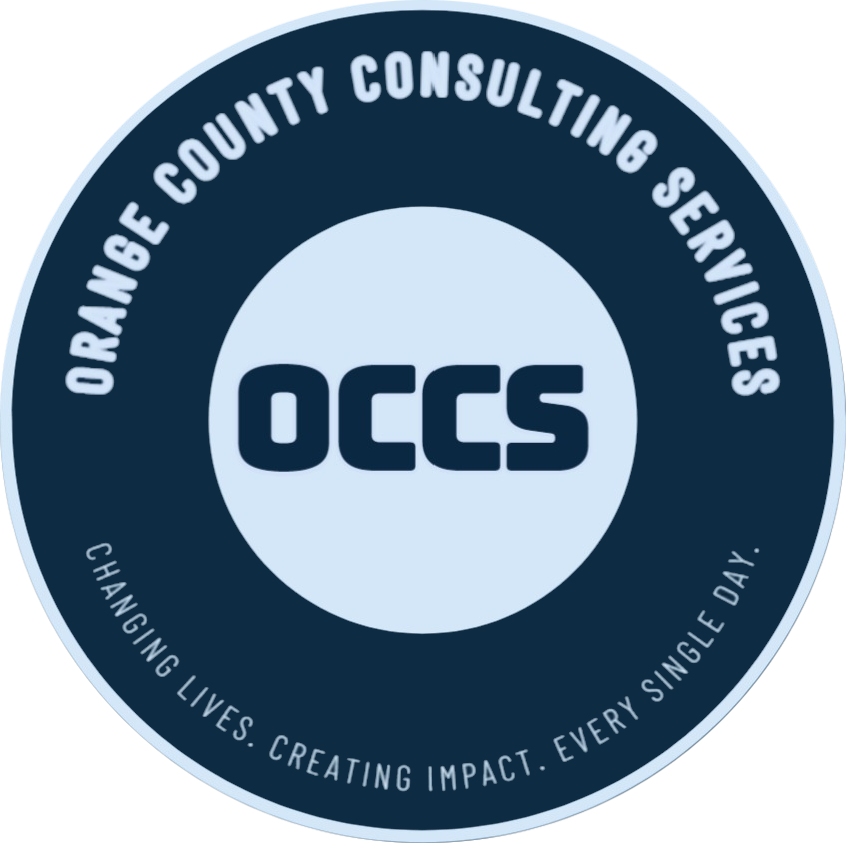CAPA and AIAG’s CQI-20 – Effective Problem Solving
Corrective and preventive action (CAPA) is probably the most important process of any quality management system (QMS). The CAPA process is a customer and supplier of many other processes including corrective action for poor quality, customer complaints, and audit findings, as well as actions to address risks and opportunities as identified by the management review meeting.
Inadequate CAPA is among the leading sources of ISO 9001 and IATF 16949 audit findings, and FDA Form 483 observations. It is in fact the foremost source of IATF 16949 findings. If CAPA for poor quality, customer complaints, and audit findings is ineffective, these issues will persist, findings will remain unclosed, and poor quality and customer satisfaction will continue.
The good news is however that the Automotive Industry Action Group's CQI-20, Effective Problem Solving, is a highly effective, authoritative, off the shelf 9-step process for CAPA. This webinar will focus on CQI-20 although the similar 8D (Eight Disciplines) process also has a long history of delivering proven results. Both processes can be used for preventive as well as corrective action and, just as importantly, they will work on any of the Toyota production system's Seven Wastes as opposed to just poor quality. They can also be used to handle occupational health and safety (OH&S) issues in support of safety in general and ISO 45001:2018. They apply to a wider variety of problems, and are easier to understand and use, than the Six Sigma DMAIC process.
CQI-20 and 8D might, however, be excessively complex for issues that can be resolved by the process owner on the shop floor. The Error Cause Removal (ECR) process from Halpin's (1966) Zero Defects offers an alternative for quality, safety, and waste-related issues that do not need the participation of a cross-functional team to resolve.
Webinar Objectives
Attendees will learn and be able to describe the role of CAPA as the most important process of the quality management system, recognize how it can be deployed against all seven Toyota production system wastes as opposed to just poor quality, and gain a comprehensive overview of AIAG's Effective Problem Solving process. A simpler process for issues that can be resolved by the process owner on the shop floor also will be provided.
Webinar Agenda
- CAPA is the most important process in any quality management system. It allows us to resolve deficiencies and pursue improvements.
- Poor quality is only one of the Toyota production system's Seven Wastes, and it is the only one that stands up, announces its presence, and dares the CAPA system to do something about it—which usually happens. The other wastes are (1) asymptomatic, (2) often present 100% of the time because they are built into the job, and (3) often more costly than poor quality. The CAPA process can however be deployed against them as well.
- Overview of AIAG's CQI-20, Effective Problem Solving
- Overview of stakeholder-initiated CAPA for issues resolvable on the shop floor by the process owner
Webinar Highlights
- CAPA plays a central role in the quality management system. Inadequate CAPA is a leading source of audit findings, and allows deficiencies to persist.
- Expand "conformance" to include "absence of waste," and "nonconformance" to any gap between current and ideal performance, to invoke CAPA for any of the seven Toyota production system wastes as opposed to just poor quality.
- Organizational support requirements for CAPA
- Overview of CQI-20, Effective Problem Solving. (The appendix in the handout covers the very similar 8D process.)
- Become aware of the problem. This can come not only from traditional sources like quality nonconformances and customer complaints, but also from (as but one example) an energy performance gap as identified per ISO 50001:2018.
- Assemble an appropriate cross-functional team with the skills and authority necessary to resolve the problem.
- Define the problem in terms of what (requirement not being met), where and when observed, how measured, and so on. An accurate problem definition is a prerequisite for effective CAPA.
- Contain the problem to protect the customer, but know that containment is not correction.
- Identify the root causes. These are (1) the traditional occurrence root cause, or why the problem happened, (2) the escape root cause, or why it reached the next internal or external customer assuming it did, and (3) the systemic root cause, or why the planning process did not foresee the issue in the first place.
- Select and test the corrective (or preventive) actions and ensure that they work.
- Implement the actions. Update the Lessons Learned data base (supports Organizational Knowledge, ISO 9001:2015 clause 7.1.6).
- Prevent recurrence. Share the lessons learned with related processes.
- Recognize the team
- Case studies involving quality, waste, and occupational health and safety resolved by the process owner on the shop floor without the need for a cross-functional team, and when changes are unlikely unlikely to have unforeseen consequences (management of change issue). Case studies will be prevented for waste (muda) and OH&S.
- The much simpler Error Cause Removal (ECR) process can be used when the issue can be
Who Should Attend?
- All ISO 9001:2015 and IATF 16949 users
- Including but not limited to manufacturing and quality managers
- Engineers
- Technicians
